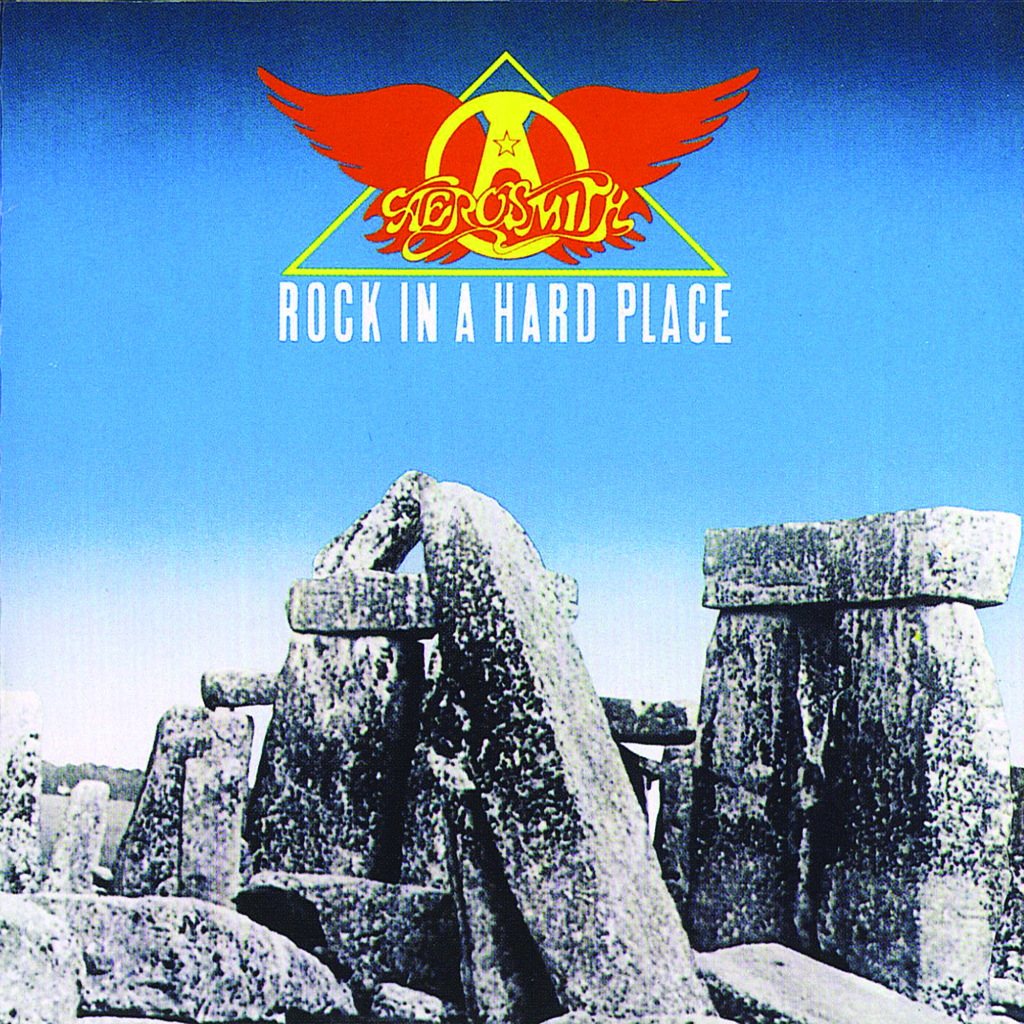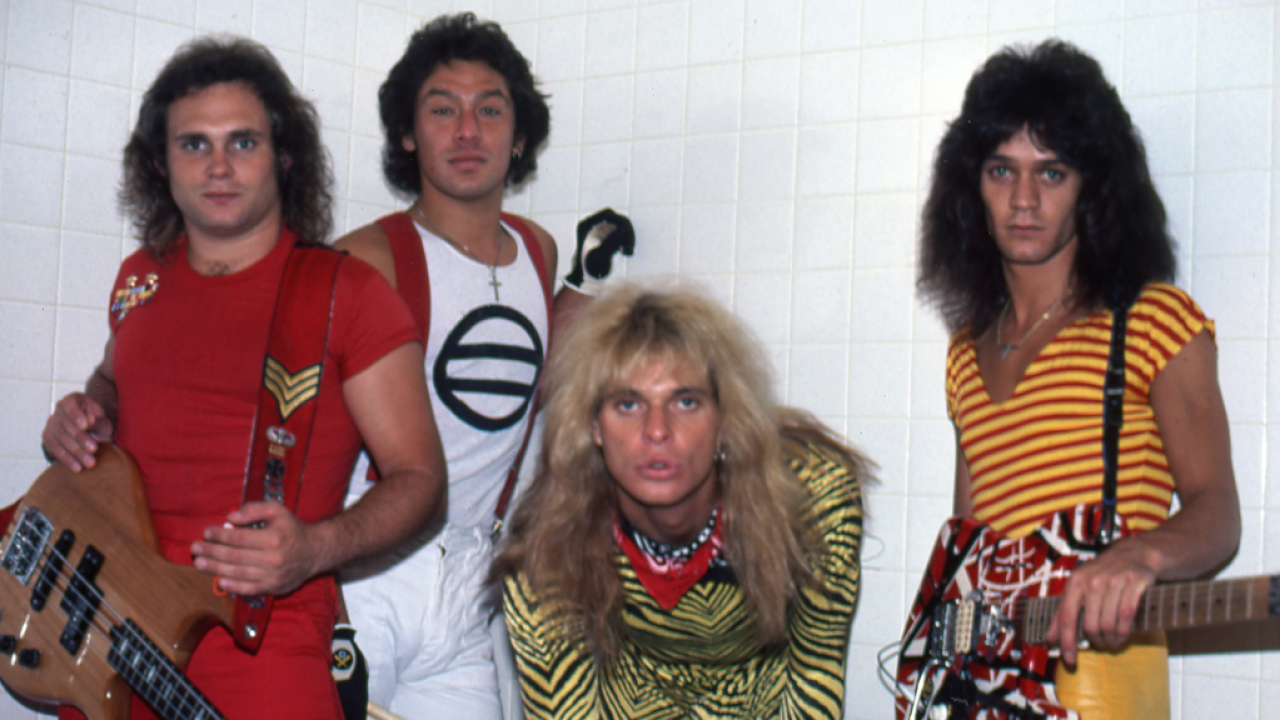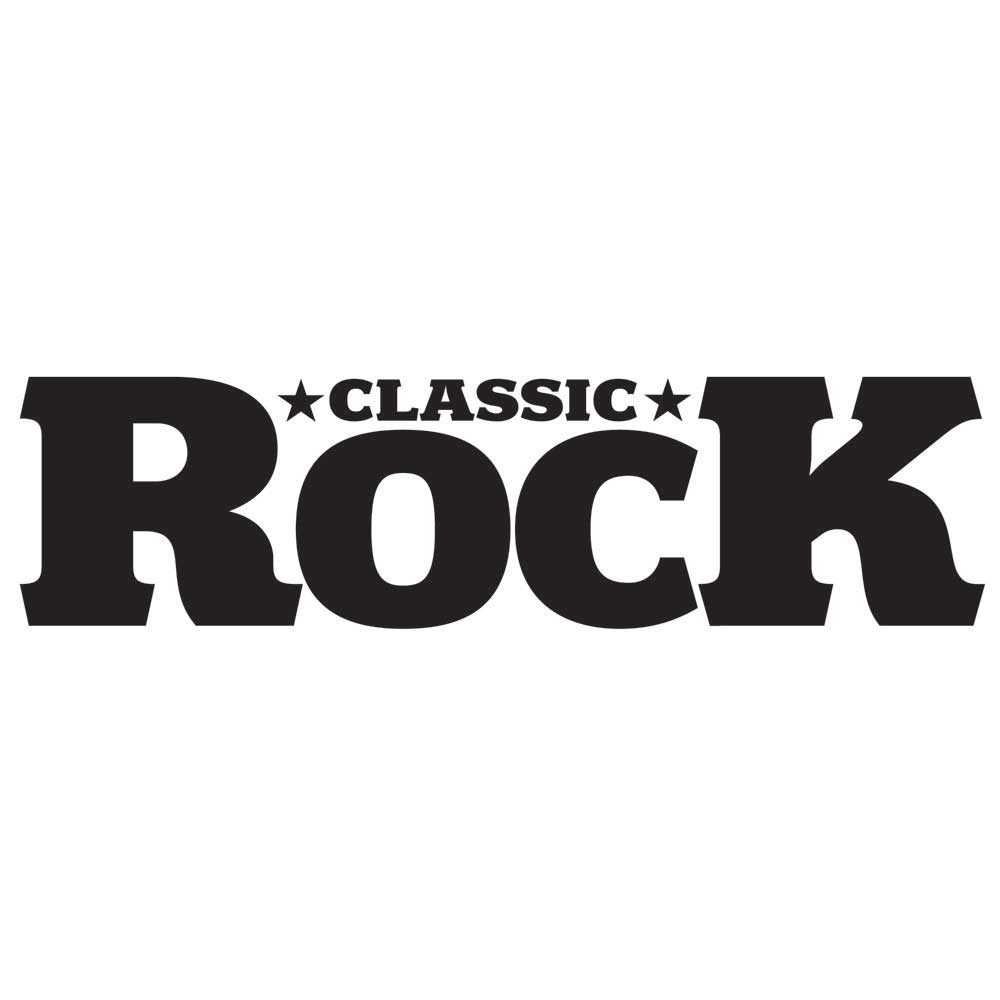Old ones, loved ones, neglected ones.
**FREE **
Free (ISLAND, 1969)
Everyone and his brother might’ve been going apeshit over Led Zeppelin, Black Sabbath and Deep Purple, but Paul Rodgers’ ramshackle Free were the true toked-up connoisseur’s choice as the 60s staggered into the 70s. The cover of the band’s second album depicts the spreadeagled silhouette of a woman made of stars leaping across the sky. At the time of Free’s release, much heated debate ensued concerning the strategic positioning of certain of those ‘stars’. It is impossible to listen to – no, better make that absorb – dreamy anthems Lying In The Sunshine and Mouthful Of Grass on anything but vinyl; they just don’t sound right, man.
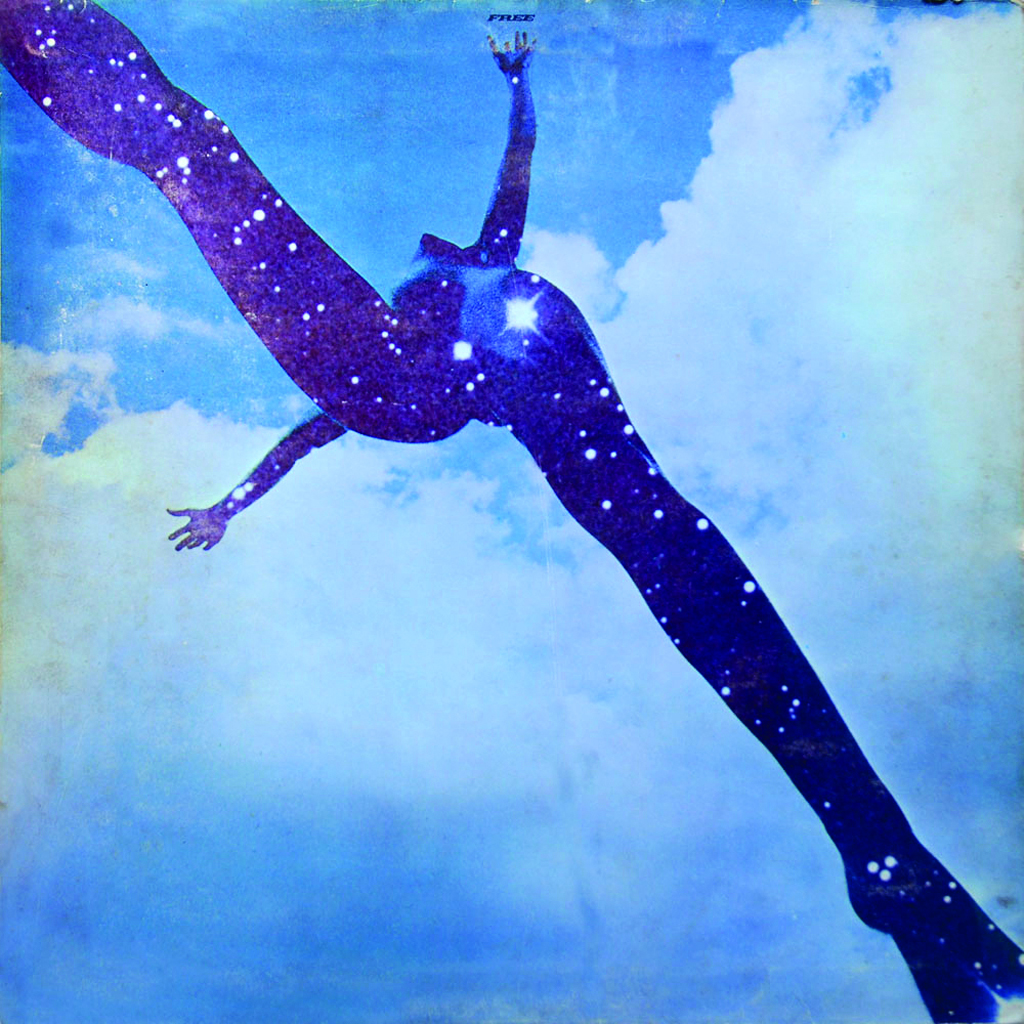
**VAN MORRISON **
Saint Dominic’s Preview (WARNER BROS, 1972)
Ambling into the Sixth Form Centre with Van The Man’s 1972 album cradled nonchalantly under your arm immediately identified you as one cool cat. (Much more so than 1968’s Astral Weeks; everyone had a copy of that one.) Only seven songs on this release; Listen To The Lion and Almost Independence Day clock in at 10 minutes-plus, Morrison’s lustral intensity crackling from the grooves. A young Kevin Rowland was clearly impressed by Van’s unkempt gypsy image on the sleeve; his band Dexys Midnight Runners would later record a wildly successful version of opening track Jackie Wilson Said (I’m In Heaven When You Smile).
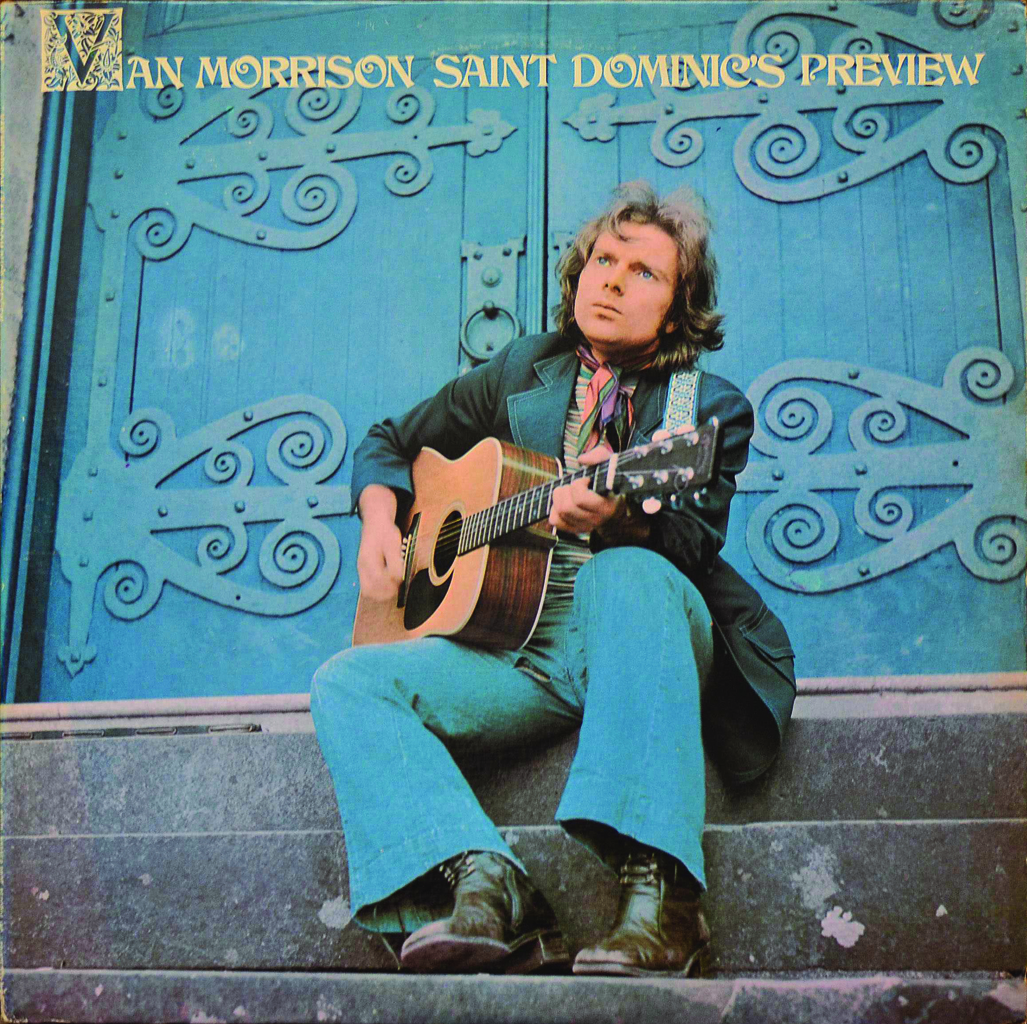
JONI MITCHELL
Court And Spark (ASYLUM, 1974)
Today, as in 1971, a proudly displayed vinyl copy of Joni’s other classic, Blue, speaks of a fan whose ideal Joni is poetic, heartbroken and oh-so earnest. Chances are, they’re a ‘confessional’ singer-songwriter themselves. Personally, we’d rather hang with someone who’s got Court & Spark on the turntable. That’s the best version of Joni – serious but playful, smart but gossipy, and phrasing like a Coltrane who somehow snuck on to Top 40 radio.
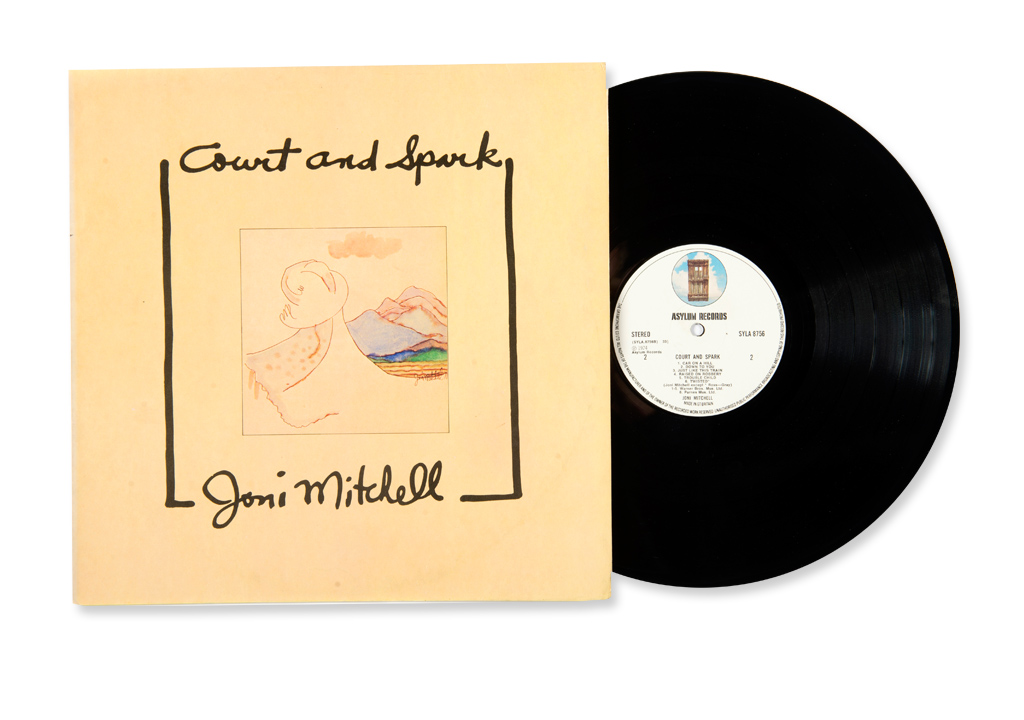
**MARC BOLAN & T.REX **
Zinc Alloy & The Hidden Riders Of Tomorrow – A Creamed Cage In August (EMI, 1974)
With his best years behind him, Bolan issued this borderline insane album in 1974. A few copies came with a fold-out sleeve resembling a cage, before a national paper shortage put paid to the idea. No one knew what to make of cuts such as The Leopards Featuring Gardenia And The Mighty Slug or Painless Persuasion V. The Meathawk Immaculate. In fact, more than 40 years later, the jury’s still out. But today, this record sounds borderline genius instead.
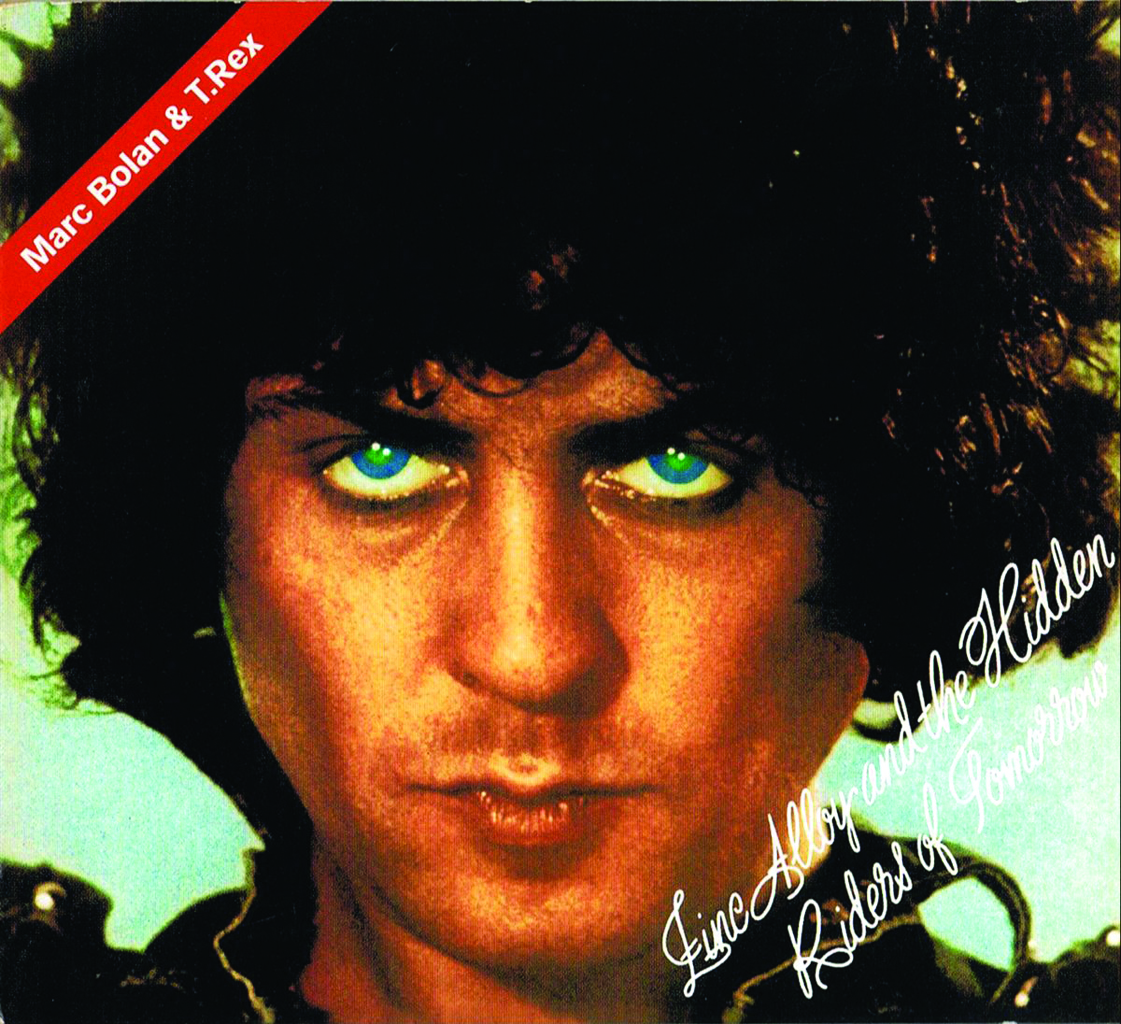
NEW YORK DOLLS
Too Much Too Soon (MERCURY, 1974)
Where slick FM pop maestro Todd Rundgren did his best to capture the Dolls’ NYC lightning in a bottle within the 12-inch sides of their outrageously packaged self-titled debut, it was ex-Shangri-Las svengali Shadow Morton who delivered their ultimate Big Apple symphony in Too Much Too Soon: 10 dramatic set pieces evoking a classic, scratchy 7-inch era of desperate, Brill Building teenage angst.
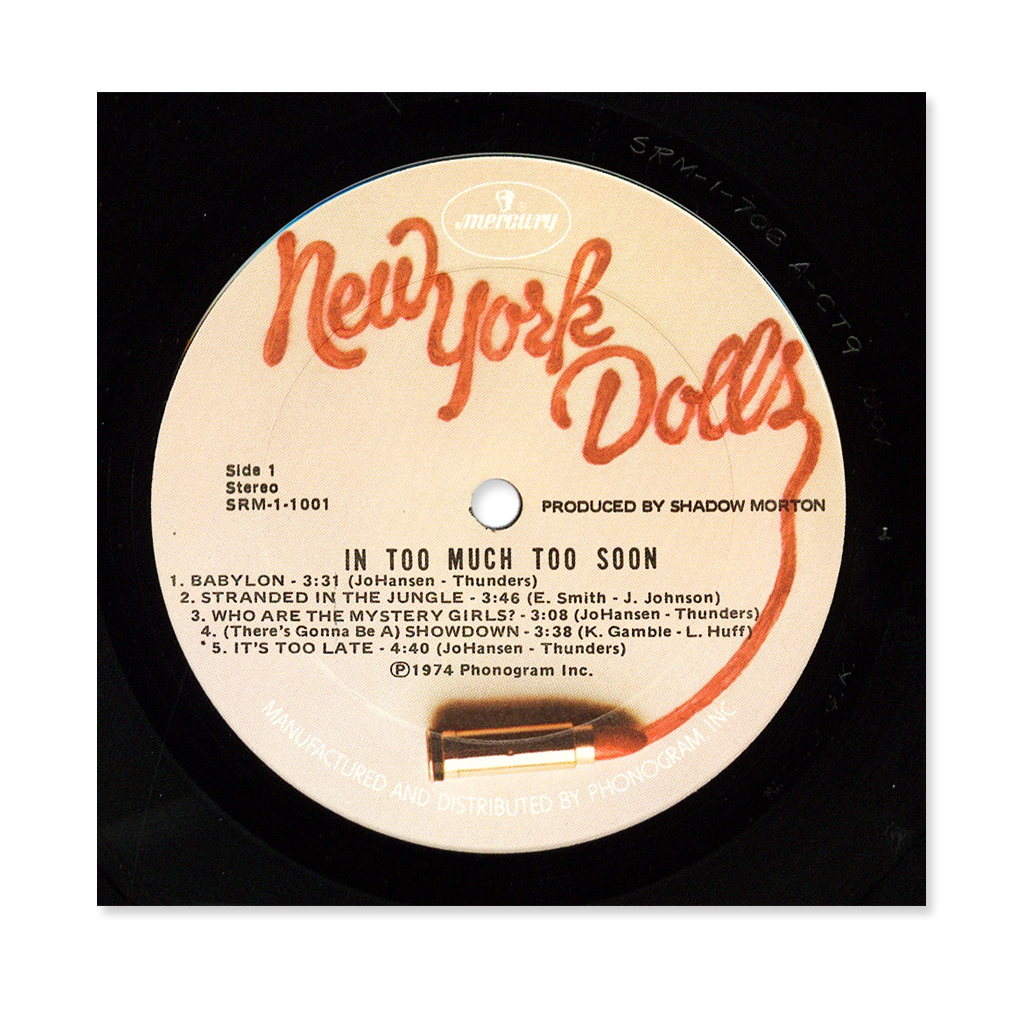
JOURNEY
Infinity (COLUMBIA, 1978)
Bay Area AOR-sters Journey, with their exemplary harmonies and flawless sound, somehow seem more suited to the germ-free compact-disc era. But they were born in the vinyl age, releasing a trio of experimental albums before hooking up with singer Steve Perry for 1978’s Infinity. It’s immensely rewarding to hear a more unaffected, not to say earthy, version of the band here. Roy Thomas Baker tries his best to Mr Sheen things up with some supercharged production, but in tactile vinyl format, Infinity’s sonics remain both organic and orgasmic.
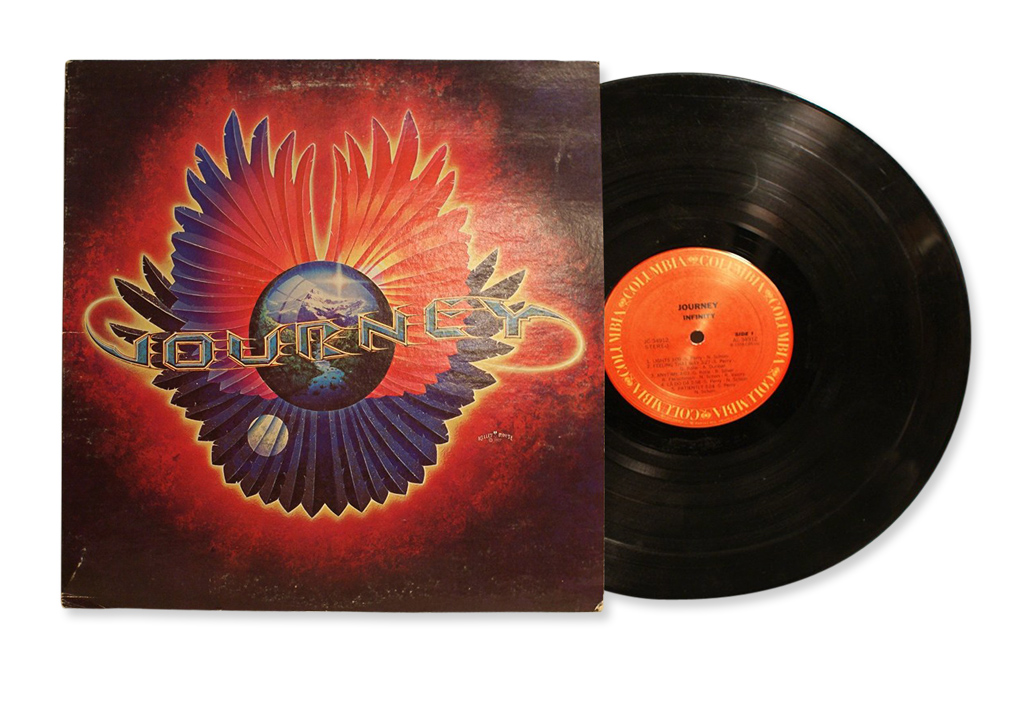
PATTI SMITH GROUP
Easter (ARISTA, 1978)
Poor undervalued Easter suffered for Radio Ethiopia’s indulgent sins. While Horses was critically flameproof, RE stunk up Patti’s reputation so badly that critics were still wafting when Easter arrived. Smith poured all she’d learned into Easter’s provocative androgynous sleeve: babbling beat poetics, feral rock’n’roll, a Spectoresque, Springsteen-enhanced Because The Night and lashings of proto-Madonna Catholic guilt.
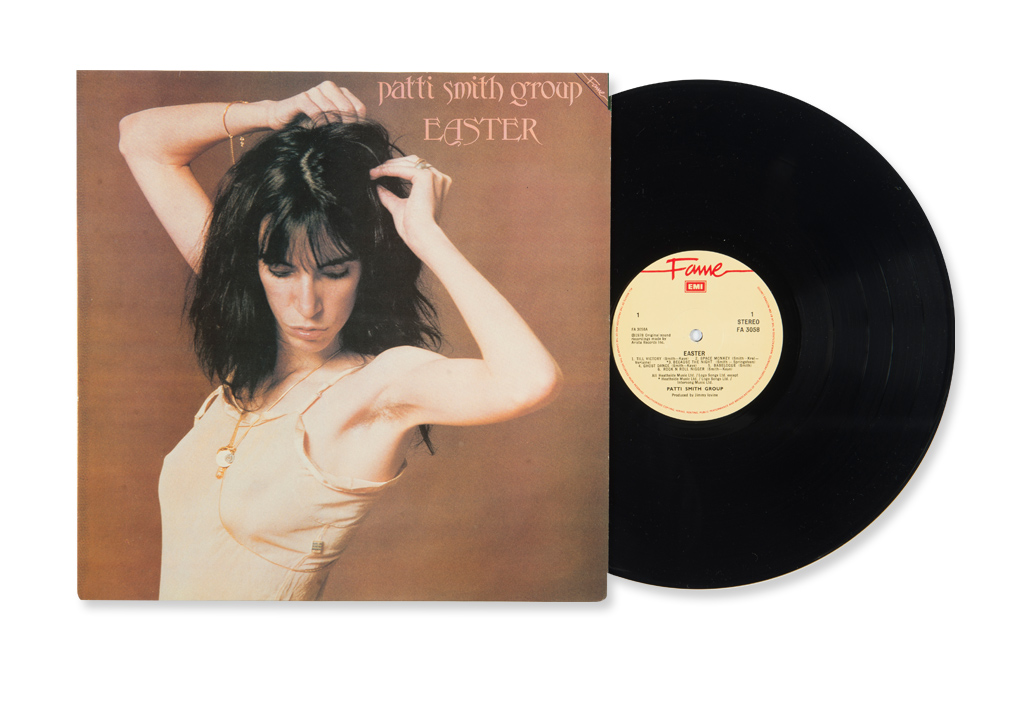
JUDAS PRIEST
Killing Machine (COLUMBIA, 1978)
Priest were on a roll in ’78, banging out two fine albums inside a year. The first, Stained Class, is widely renowned as a seminal metal album, but it was on the follow-up, Killing Machine, that the band developed an even sharper cutting edge. This lean, mean, streetwise sound – think Hell Bent For Leather and Delivering The Goods – became a touchtone for the New Wave Of British Heavy Metal.
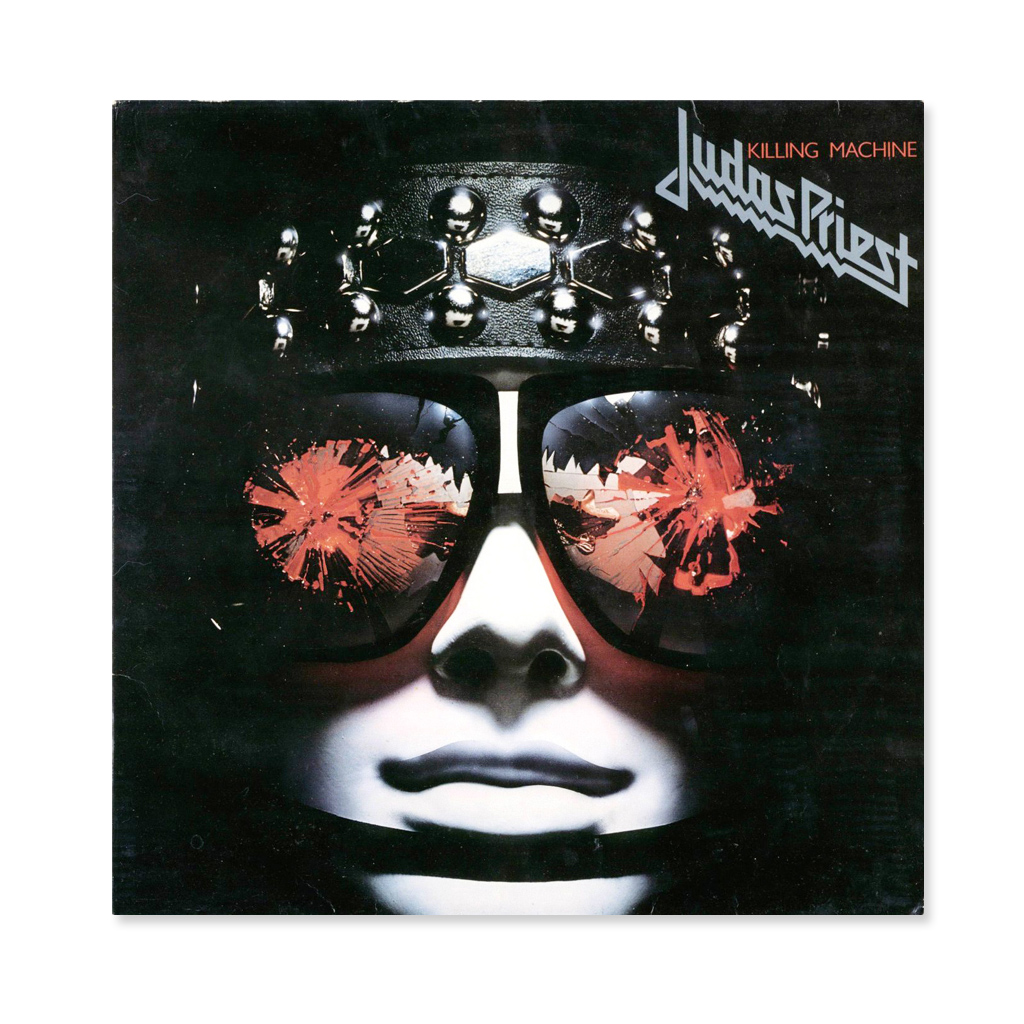
**VAN HALEN **
Women And Children First (WARNER BROS, 1980)
Of the half-dozen great albums that Van Halen recorded with flamboyant frontman David Lee Roth between the years 1978 and 1984, the third best captured the spirit of the band: that combustible mix of flame-on intensity, loose spontaneity, hedonistic abandon and couldn’t-give-a-fuck attitude. Romeo Delight is a juggernaut, while the whole band sound pissed on Could This Be Magic?. Vinyl editions (original and new) include a beefcake poster of Roth, shot by the estimable Helmut Newton. Why don’t you Take Your Whiskey Home and crank it up? You know it makes sense.
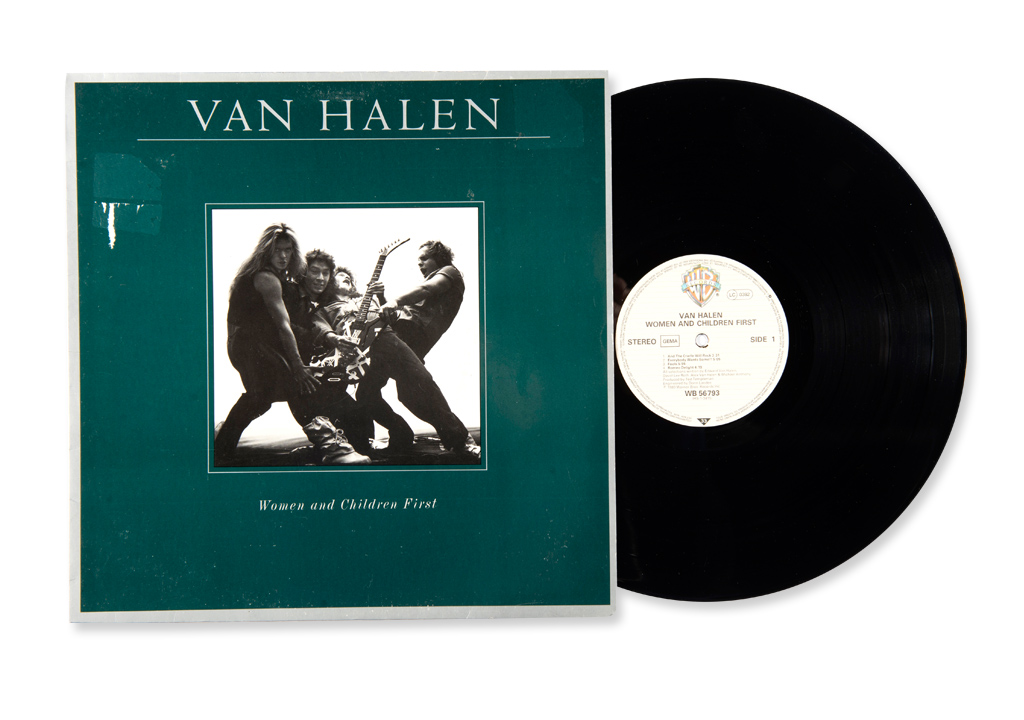
AEROSMITH
Rock In A Hard Place (COLUMBIA, 1982)
An Aerosmith record without Joe fuckin’ Perry? And minus Brad Whitford too? In theory, a disaster. In practice, an unlikely triumph. Never mind the Spinal Tap-anticipating Stonehenge cover – Rock In A Hard Place is one kick-ass album. Substitute six-stringers Jimmy Crespo and Rick Dufay are so good that Perry and Whitford are not missed in the slightest. Lightning Strikes, Bolivian Ragamuffin and Joanie’s Butterfly are classic Aerosmith songs – no matter who played on them.
